
Male Japanese Paradise Flycatchers pass through Shanghai in mid-May – they do so in autumn as well, but then without the long tail feathers that are their main attraction for birdwatchers.



eBird talks about the “Stunning breeding male … with a short crest, neon-blue eyerings, and long black tail streamers.”



There are some studies on the species, but not that many, resulting in a post with a rather skewed ratio of photos to words, as you will see below.
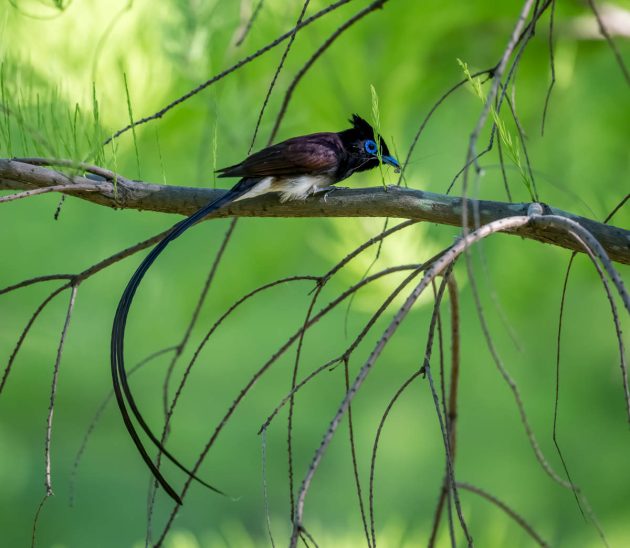


The scientific species name atrocaudata simply means “black-tailed”, a name that does not win any prizes for creativity (nor for accuracy – at least in most of my photos, it would be a bit of a stretch to call the tail feathers truly black).

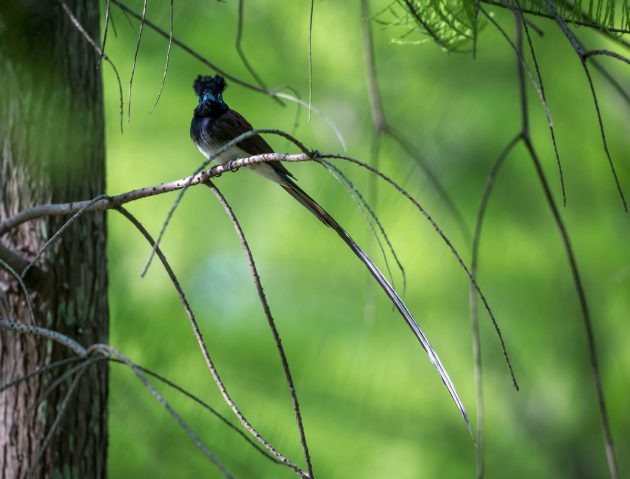

Then again, the HBW and eBird now call the species Black Paradise Flycatcher and only note the name used here as an alternative.



In the HBW section on the conservation status of the Japanese Paradise Flycatcher, it is listed as Near Threatened, which strangely does not keep the HBW from listing it as Least Concern on the main page.



Unfortunately, it seems that the listing as Near Threatened describes the real situation.



Then again, a study conducted in Taiwan found a relatively large population of the bird on Lanyu and – based on this result – suggested downlisting the species to Least Concern.



While the species is not a great singer (at least in my opinion), it does sing – preferably at 6 am in the morning, and in mid-June. No singing in the rain though – as a study states, “a negative correlation was found with precipitation and relative humidity”.



Nests of the Japanese Paradise Flycatcher weigh around 7 grams and take between 5 days (for highly motivated birds) to 22 days (for the most reluctant breeders) to build (source). The lazy ones mostly blame the delays on rain.

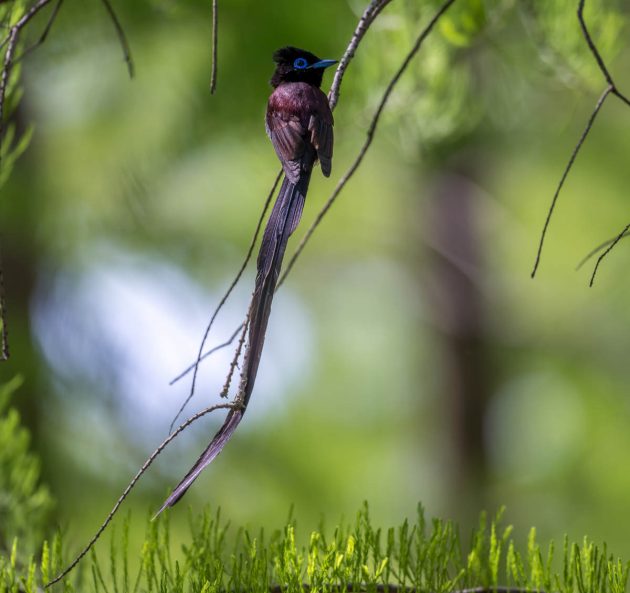

Initially, both sexes build the nest but as the construction progresses, the job is done more and more by the females (either because they are more finicky or maybe because the tail of the males repeatedly destroys parts of the nest – a study waiting to be done).



And where are these nests being built? One study found that proximity to a stream is the most important factor while others include altitude, average temperature, forest type and slope. It is a bit more complicated than just location, location, location.

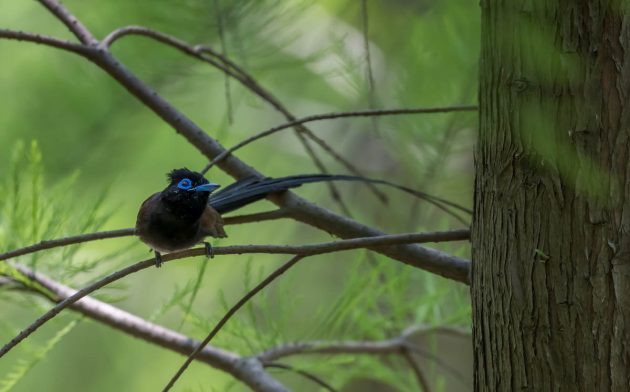

Once the nest is built and contains fledglings, the parents may use a wing-spreading behavior, presumably as a threatening display against intruders (in this case, the observers reporting on the behavior).



The food of Japanese Paradise Flycatchers sounds a bit unappetizing to humans: flies (Diptera), owlet moths (Noctuidae), spider (Araneae), and snout moths (Pyralidae) in order of dominance. And no, I did not check how these individual insects look like. Snout moth sounds bad enough without knowing the details.



Another quick paper was prepared by examining Xeno-canto sound recordings of different subspecies and comparing them. This results in findings such as “eriophthalmica lacks the upslurred whistles of both other races, its whistles are similar to some of illex, which however also has upslurred whistles shared with atrocaudata. Furthermore, atrocaudata has the smallest vocabulary with only a few different whistles”. Subspecies atrocaudata naturally was not very pleased with these findings. A spokesbird of the subspecies highlighted the limited database of the study and criticized the “spurious and unconvincing conclusions obtained based on a flawed scientific methodology and a biased sample”.



Intriguingly, one older study reported the arrival of long-tailed males almost one month earlier than that of short-tailed males, though the latter also bred as successfully as the long-tailed individuals. This makes the rationale for carrying a long tail around on a long migration a bit dubious unless the long-tailed individuals (like proper human males) “like challenges”.



And guess what, somebody (two Koreans, to be more precise) did a mitochondrial genome sequence of the Japanese Paradise Flycatcher (source).











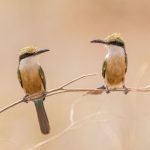

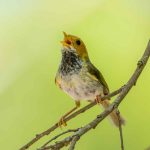


Great report and stunning pictures (as always)!
Recently came down with a bad case of snout moth – it wasn’t pretty. Great post about a fantastic little bird.
Nice photos, Kai!
Always a pleasure to read Kai…